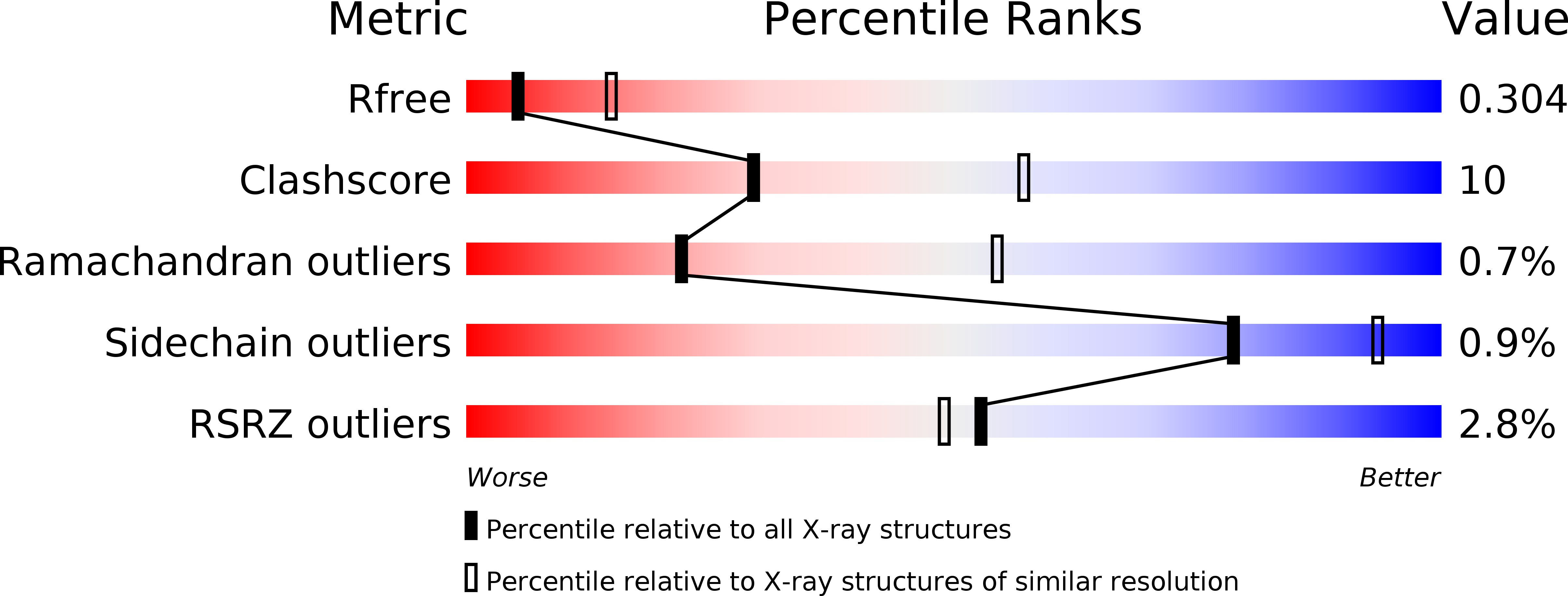
Deposition Date
2012-04-17
Release Date
2012-06-06
Last Version Date
2025-03-26
Entry Detail
PDB ID:
4EPC
Keywords:
Title:
Crystal structure of Autolysin repeat domains from Staphylococcus epidermidis
Biological Source:
Source Organism:
Staphylococcus epidermidis (Taxon ID: 1282)
Host Organism:
Method Details:
Experimental Method:
Resolution:
2.90 Å
R-Value Free:
0.29
R-Value Work:
0.26
R-Value Observed:
0.26
Space Group:
P 61 2 2


